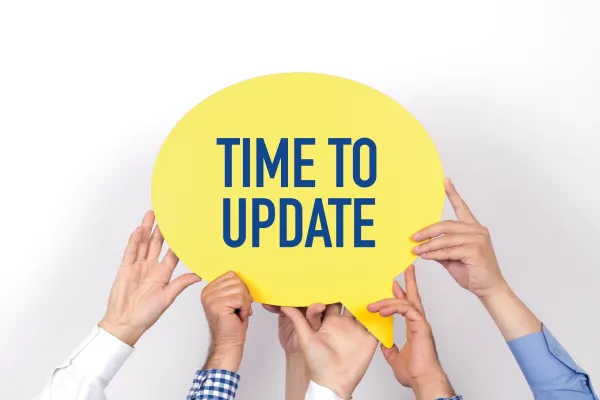Can You Answer These 5 Eye Care-Specific Diagnosis Coding Questions?

From cataracts to corneal abrasions, you should be able to code these conditions. Most eye care coders have some of the most frequently-reported diagnosis codes committed to memory. But your ophthalmologist or optometrist is sure to see unique conditions from time to time, and you’ll need to know how to report those just as well as you can bill the most common codes. To test your ICD-10 coding skills, read the following quiz questions and see whether you can determine the right answer before reading our solution. Can You Code Corneal Abrasions? Question 1: A 63-year-old new patient presents to the office with pain, redness, and tearing in her right eye. She says she mowed the lawn earlier that day and thought she was just suffering from allergies, but later in the day she noticed that her vision was blurred and she developed a headache. On examination, the physician discovers that the patient suffered a corneal abrasion in the right eye. Which code applies? Solution: To report a corneal abrasion, you’ll look outside of the “H” section of ICD-10 (Diseases of the Eye and Adnexa), where most eye conditions are located. Instead, you’ll flip to the “S” section of the book (Injury, Poisoning, and Certain Other Consequences of External Causes) since an external force caused the eye injury. The appropriate code for this condition is S05.01XA (Injury of conjunctiva and corneal abrasion without foreign body, right eye, initial encounter). Find out What Code Applies to Hypertropia Question 2: A 38-year-old new patient comes into the practice and reports that he has never visited an eye care specialist before. The patient is observed to have hypertropia of the left eye. Which code should you report? Solution: Hypertropia refers to an eye that turns upward, and you should code this condition as vertical strabismus, so the accurate ICD-10 code in this situation is H50.22 (Vertical strabismus, left eye). This condition is often confused with the other “tropia” diagnoses, but the difference is that esotropia describes an eye that turns inward, exotropia is an eye that turns outward, and cyclotropia is when one eye’s position is rotated around its axis when compared to the other eye. Consider This Cataract Outlier Question 3: A 67-year-old female patient who has been on glucocorticoids for several years reports complaining of blurred vision. The physician diagnoses the patient with bilateral cataracts due to the glucocorticoid use. Which code applies? Solution: When patients’ cataracts stem from drug use, you’ll report a code from the H26.3 (Drug-induced cataract) range. Because the patient’s cataracts in this case affect both eyes, the most appropriate code is H26.33 (Drug-induced cataract, bilateral). In addition, the ICD-10 code book indicates that you should report an additional code to reflect the adverse effect identifying the drug. Therefore, you’ll report T38.0X5 (Adverse effect of glucocorticoids and synthetic analogues) as the secondary diagnosis code. Nail Down Hypotony Type Question 4: A 33-year-old patient presents with hypotony. How can you select the right code among the many options? Solution: Choosing the appropriate ICD-10 code from the H44.4 (Hypotony of eye...) category will depend on your ability to determine whether the patient has unspecified hypotony (H44.40) or whether you know more about the condition. It’s up the ophthalmologist to provide enough information to code beyond this basic unspecified option, and you should be able to read the documentation and glean an accurate code. The first coding options listed in the ICD-10 manual involves flat anterior chamber hypotony (H44.41x), which typically happens after a surgery due to aqueous humor leaking from the eye and reducing the pressure. Other types of hypotony involve an ocular fistula (H44.42x), which can happen due to trauma or naturally if the patient has a related condition such as high blood pressure or vascular disease. You may also see patients with hypotony due to other eye issues (H44.43x) or with primary hypotony (H44.44x). Once you’ve selected the correct code range for your patient, you’ll also add a sixth digit, depending on which eye is affected, such as a “1” for the right eye, “2” for the left eye, or “3” for both eyes. Therefore, if you see a patient with bilateral hypotony due to an ocular fistula, you’ll report H44.423. Nail Down Glare Sensitivity Options Question 5: A 44-year-old new patient presents with glare sensitivity and you report H53.8 (Other visual disturbances). Is this accurate? Solution: You should only report H53.8 as a primary diagnosis code when the doctor doesn’t find a more definitive diagnosis during the course of the visit. Many carriers would see this as not medically necessary without further documentation. Instead of reporting the general code, you should bill H53.71 (Glare sensitivity) in this case, which more accurately describes this patient’s condition.




